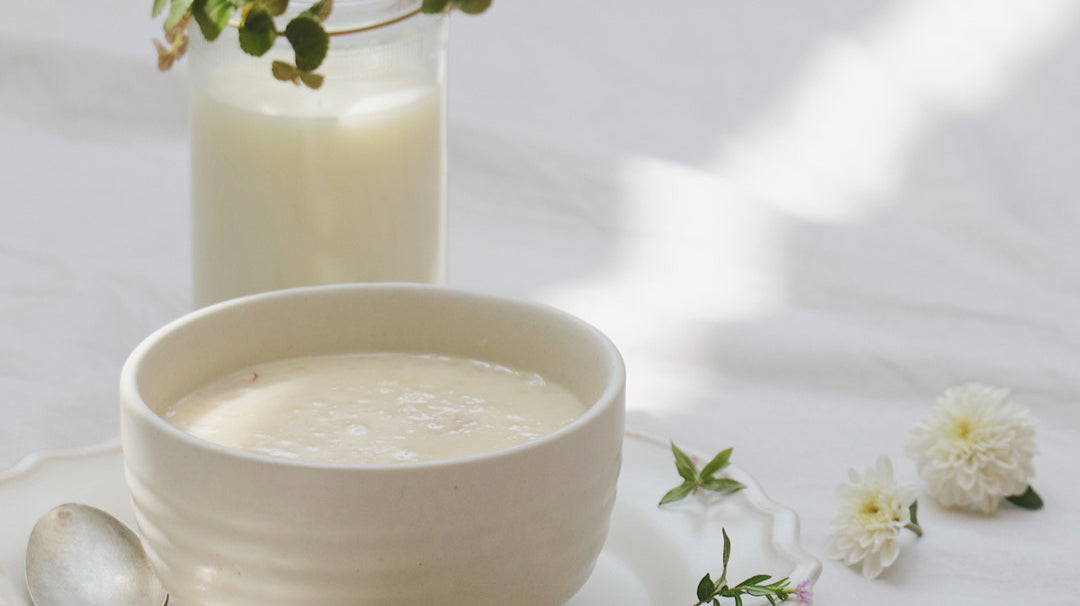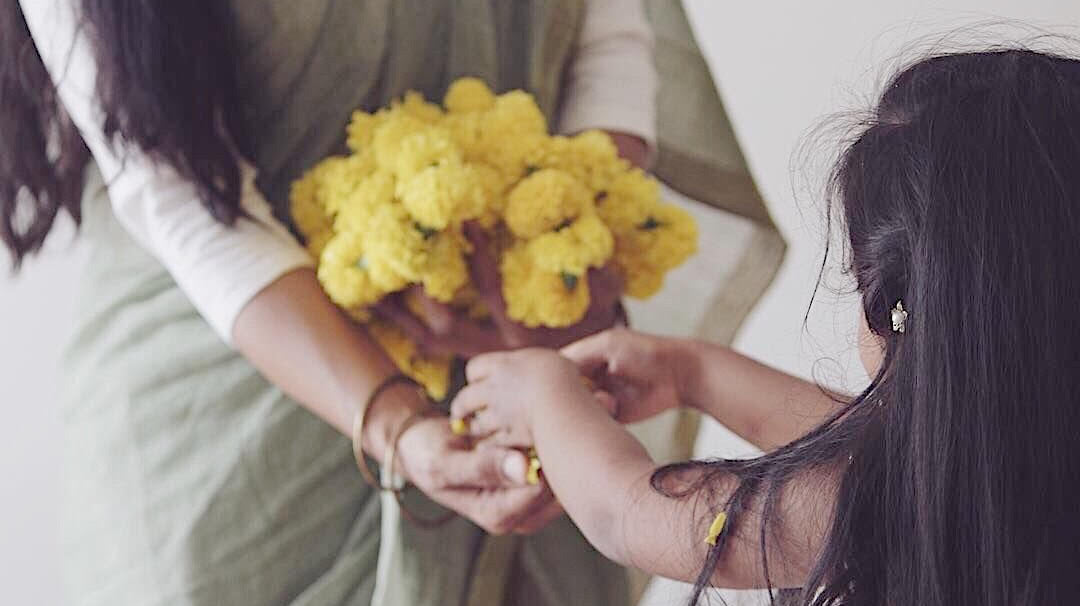Our Diary
Filter by
All
#storiesoflove
anecdotes
anxiety
artisan
autism
autism awareness
awareness
beautiful
beautiful love
berries
blog
blog post
book recommendations for kids
brand
building a brand
business
business with a purpose
candid
chanderi
cherished memories
child development
child playing
childhood
childhood joys
childhood memories
childhood songs
childhoodjoys
children
children's books
children's literature
Cincinnati family
clothing brand
coconut water
coronavirus
cotton saree
cotton sari
covid-19
Cynthia Rylant
daughter
Diane Goode
Diwali
Diwali rituals
eco lifestyle
eco parenting
emotions
entrepreneur
entrepreneurship
equality
ethnic wear
fade away
fading memories
Festival of Lights
Festive seasion
Festivities
flowers
founder
Freya Hartas
from a mother
garden
garden of life
Gratitude
grey
growing love
hand block-print
hand blockprinting
handloom
handmade
handwoven
handwoven cotton
Happy Children's Day
healing
Homemade
hope
how memories form
humanity
inclusion
indian artisans
Indian born American raised
indian bride
Indian family
Indian kidswear
indian monsoon
indian textiles
indian wedding
introspection
Jacques Goldstyn
Joy
Joy in life
Joy in small things
joy of music
joys of music
KATIE MORAG AND THE BIRTHDAYS
khadi
kheer
kids brand
kind
knowledge
Koki Oguma
lehenga
lemonade
life lessons
Life's Lessons
Light
little girl
LIZZY BENNET’S DIARY
love
Love and light
love story
love the world today
loved clothes last
ltwt
Luisa Uribe
lullaby
Mairi Hedderwick
mango
mangoes
Marcia Williams
Marigold
meet the parents
memories
mindful brand
mindfulness
Minimilism
mirza Ghalib
momblogger
Momlife
Mommyblog
monsoon
motherhood
muddy puddles
music
music connects
music is the answer
music unites
natural dye
nature
nature walk
Nicola Edwards
Nirmala patil
nostalgia
observant
one with nature
organic cotton
organic cotton clothing
outdoorplay
paper boats
parenthood
Parenting
Parenting Tips
passage of time
photo story
photographs
piece of clothing
playing
positive changes
puddles
purposeful business
quality
Rachel Williams
rain
raising a reader
raising a toddler
raising toddlers
raisingtoddlers
Rangoli
recycling
repurpose
resilience
Savouries
Shirley Hughes
simple childhood
simple joys
simple living
simple love
simpler times
simplicity
Sisters
SLOW DOWN
slow fashion
Small things in life
songs
songs from my childhood
spring
starlit sky
startup
Stories from Manmari street
stories of love
summer
summer fragrances
summer fruits
summer holidays
summer love
summer memories
summer picnics
sustainability
sustainable brand
sustainable living
sweet sorrow
tailor
TALES OF TROTTER STREET
teaching them young
textile love
textile of india
The barber's dilemma and the stories
Thipkyanchi rangoli
thoughtful gifts
traditional clothes
Traditions
treasure
unconditional
upcycle
upcycled doll
upcyling
WA
wedding outfit
What a wonderful word
When I was young in the mountains
white
why there is music
winter sun
without a song or a dance what are we
world music day
yogurt
A daughter’s memory of her father’s slow-cooked kheer
Rain clouds have emptied themselves, returning the sky to a washed, bright blue hue. Dragonflies fill the air and the unmissable saffron of genda (marigold) flowers sitting in wicker baskets on roadside stalls beckon the most-awaited festival of autumn - Diwali.
As the moon wanes into amavasya in the night sky preparing for the luminous festival, the memory of my childhood Diwalis come to mind. As a little girl, after I’d bathed and dressed for the festivity, the first scene in the morning that welcomed me every year when I entered the kitchen was my father in his crisp, white kurta pyjama squatting in front of an old kerosene stove.
—
Dipna Daryanani
Joy over Glamour
[Photo credit - Nirmala Patil] Once again, it is that time of the year… for genda (marigold) torans to brightly gleam on doorways, kitchens to puff up with the scent...




